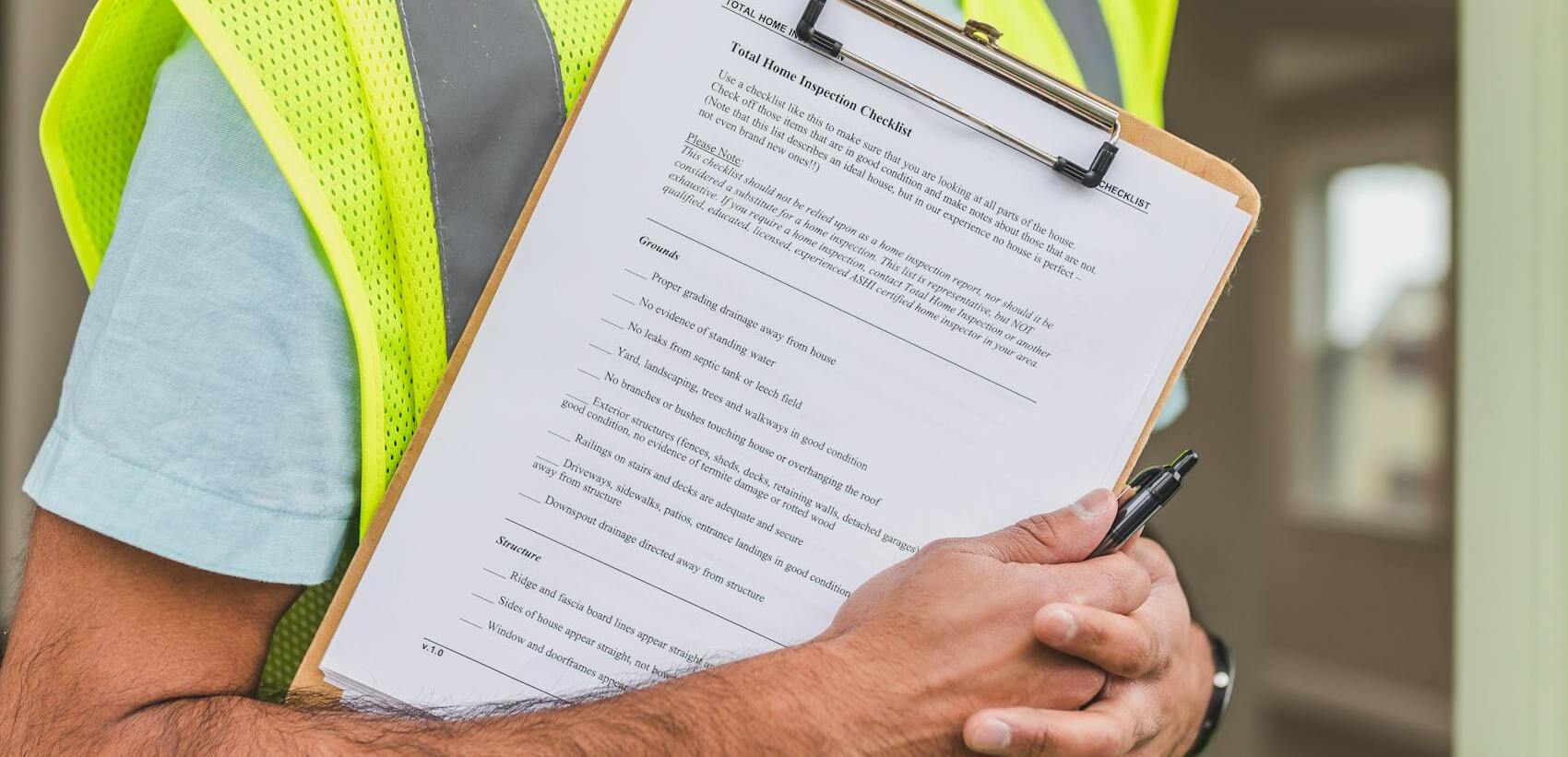Buying a home or finishing a construction project is supposed to be a time for celebration. You picture yourself settling in, decorating, and finally enjoying the fruits of your hard work. But what happens when, months—or even years—later, something unexpected happens?
A leak appears in your ceiling, a foundation crack shows up out of nowhere, or your electrical system starts acting up in ways that make you question whether your house is even safe.
At that moment, you’re probably thinking: Who’s responsible for fixing this mess?
The Problem with Hidden Defects (And Why They Show Up Late)
Not all construction defects are immediately obvious. Some, known as patent defects, can be spotted right away—crooked door frames, flooring that isn’t quite level, or a plumbing issue that rears its head as soon as you turn on the tap. But latent defects? Those are the sneaky ones. They lurk beneath the surface, silently causing damage until one day, without warning, they make themselves known in the worst possible way.
The type of defect you’re dealing with matters—a lot. Some issues are cosmetic, a little annoying, but ultimately manageable. Others? They can threaten the integrity of your home. Faulty wiring, structural instability, or water damage can lead to serious safety risks and sky-high repair costs. And when that happens, you need to ask the critical question: Who’s liable? And do you still have time to take action?
How Long Do You Have to Take Action? Know Your Deadlines
So, let’s say you’ve just discovered a construction defect—now what? Can you still do something about it? The answer depends on two key legal concepts: the statute of limitations and the statute of repose.
Statute of Limitations: When the Clock Starts Ticking
In Ohio, homeowners generally have four years from the date they discover a construction defect to file a lawsuit. This means that if your roof starts leaking three years after you move in, your four-year countdown starts from that moment—not from when the house was originally built.
Statute of Repose: The Hard Deadline
The statute of repose is much stricter. Under Ohio Revised Code § 2305.131, lawsuits related to construction defects must be filed within ten years of the project’s completion—period. Even if you discover a major issue in year eleven, you might be out of options.
This is especially important in 2024, as many homeowners dealing with latent defects may be approaching these legal deadlines. If you suspect a problem, now is the time to act.
Who’s Responsible for Construction Defects?
So, who’s on the hook when something goes wrong? That depends on the situation, but liability could fall on one (or more) of the following parties:
1. The Contractor or Builder
If your contractor cut corners, used low-quality materials, or made serious construction errors, they could be liable for defects that show up later. Many contracts include implied warranties, meaning the work should meet industry standards. And if a breach of contract occurred—like failing to follow the agreed-upon specifications—you may have solid legal grounds for action.
2. The Architect or Engineer
Not every construction defect is the result of poor workmanship. Sometimes, the problem starts with the design itself. If an architect or engineer created flawed blueprints that led to structural issues or violated building codes, they could be responsible for the damage.
3. Subcontractors
A construction project isn’t a one-person job. Many times, subcontractors—plumbers, electricians, roofers—are brought in to handle specific tasks. If a problem stems from their work, the subcontractor responsible for that part of the job could be liable.
4. Material Manufacturers
Not every defect is caused by bad construction—sometimes, it’s the materials themselves. If faulty materials were used in your home—like defective drywall, weak roofing materials, or subpar insulation—you may have a product liability claim against the manufacturer.
5. Home Inspectors
Did you hire a home inspector before buying your house? If they missed an obvious red flag that they reasonably should have caught, they might share liability. However, proving negligence in these cases can be challenging.
What to Do If You Find a Hidden Defect
Discovering a latent defect in your home can be downright stressful. One minute, everything seems fine, and the next, you’re dealing with a leak, a crack, or worse—something that could cost thousands to fix. But before frustration takes over, take a deep breath. You have options.
1. Document Everything (Yes, Everything!)
First things first—gather evidence like you’re building a case in a detective show. Take photos, shoot videos, jot down notes about when and how you first noticed the defect. If you have any inspection reports or warranty documents, dig them out. The more proof you have, the stronger your case will be, whether you’re negotiating repairs or taking legal action.
2. Review Your Contracts and Warranties (Don’t Skip the Fine Print)
Before you start pointing fingers, check your construction contract and any home warranties you received. Some builders actually guarantee their work for a certain period. If your construction defect is covered, you might be able to get it fixed without too much hassle.
3. Contact the Responsible Party (Give Them a Chance to Make It Right)
Not every dispute has to end in litigation (though sometimes, that’s where things go). Your first step? Reach out to the contractor, subcontractor, or architect who worked on the project. Ohio law requires homeowners to give written notice before filing a lawsuit—so before you escalate the situation, see if they’re willing to fix the problem.
4. Talk to a Lawyer (If Things Get Messy)
If you’ve tried the friendly approach and gotten nowhere—or if the issue is too serious to ignore—it’s time to consult a construction law attorney. A lawyer can help you decide the best course of action, whether it’s filing a lawsuit, going through mediation, or negotiating a settlement. Because at the end of the day, you shouldn’t be stuck with someone else’s mistake.
What Do Ohio Courts Say About Construction Defects?
Ohio courts have weighed in on construction defect litigation multiple times. In Ohio Northern University v. Charles Construction Services, Inc., the court ruled that subcontractor workmanship issues are NOT covered under commercial general liability (CGL) insurance. This means that homeowners and property owners often need to hold contractors and subcontractors directly accountable.
Another case, Oaktree Condominium Association, Inc. v. Hallmark Building Company, reinforced that the statute of repose cannot be retroactively applied to block a claim that has already been filed. This decision helped protect homeowners’ rights in cases where legal time limits were disputed.
Protect Your Home, Protect Your Investment
Discovering a hidden defect in your home isn’t just frustrating—it can be financially and emotionally exhausting. But you don’t have to face it alone. Legal options exist to hold the right parties liable, and understanding construction law can help you take the right steps before it’s too late.
If you’re dealing with construction defects, don’t wait. Cavell Law Firm is here to help. Reach out to me today to discuss your case and explore your legal options—because your home should be a place of comfort, not constant repairs.










